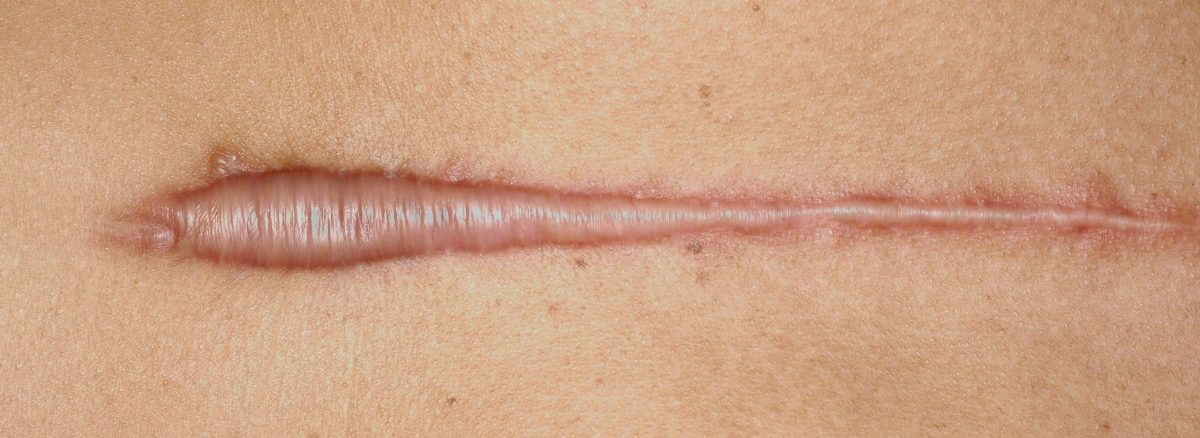Effective Treatment Options for Keloid Scars: Exploring Your Choices
Introduction
Keloid scars can be a source of discomfort and self-consciousness for individuals who experience them. Fortunately, various treatment options are available to help manage and reduce the appearance of keloid scars. In this blog post, we will explore effective treatment options for keloid scars, providing you with valuable insights into the choices available to address this unique type of scarring.
Steroid injections are a common treatment option for keloid scars. A corticosteroid medication, such as triamcinolone, is injected directly into the scar tissue to help reduce inflammation and flatten the keloid. Multiple injections may be required over a series of weeks or months to achieve the desired results. Steroid injections can be effective in reducing the size and redness of keloids, but they may not eliminate them completely.
Silicone gel sheets are a non-invasive treatment option that can be applied directly to the keloid scar. These sheets create a moist environment and put gentle pressure on the scar, helping to flatten it over time. Silicone gel sheets are typically worn for several hours each day and can be an effective treatment option, especially for smaller keloids. Consistent and prolonged use is key to achieving optimal results.
Cryotherapy involves freezing the keloid scar using liquid nitrogen. This freezing process helps to destroy the excessive scar tissue and stimulate the growth of healthier skin cells. Cryotherapy sessions are typically performed by a healthcare professional and may require multiple treatments spaced several weeks apart. While cryotherapy can be effective, it may cause temporary skin discoloration or hypopigmentation.
Surgical Excision
Surgical excision involves surgically removing the keloid scar. The scar tissue is carefully cut out, and the wound is then closed with stitches. In some cases, the surgical site may be supplemented with additional treatments, such as steroid injections or radiation therapy, to reduce the chances of the keloid recurring. Surgical excision can be an effective option for larger or more severe keloids, but it carries a risk of the keloid returning or even becoming larger.
Laser therapy is a non-invasive treatment option that uses targeted laser beams to break down the scar tissue in keloids. The laser helps stimulate collagen remodeling and encourages the growth of healthier skin cells. Multiple laser sessions may be required, depending on the size and severity of the keloid. Laser therapy can help reduce the size, thickness, and redness of keloid scars, but it may not completely eliminate them.
Radiation therapy involves the controlled use of radiation to shrink and flatten keloid scars. It is typically used in combination with other treatment methods, such as surgical excision, to prevent keloid recurrence. Radiation therapy is often reserved for larger or recurring keloids due to the potential risks and side effects associated with radiation exposure.
Keloid scars can be effectively managed with various treatment options. The choice of treatment depends on the size, severity, and location of the keloid, as well as individual factors and preferences. It is important to consult with a dermatologist or a healthcare professional experienced in treating keloid scars to determine the most suitable treatment approach for your specific case. Remember, results may vary, and a combination of treatments or multiple sessions may be required. With the right treatment plan, you can minimize the appearance and discomfort of keloid scars, helping to restore your skin’s natural beauty and your self-confidence.

